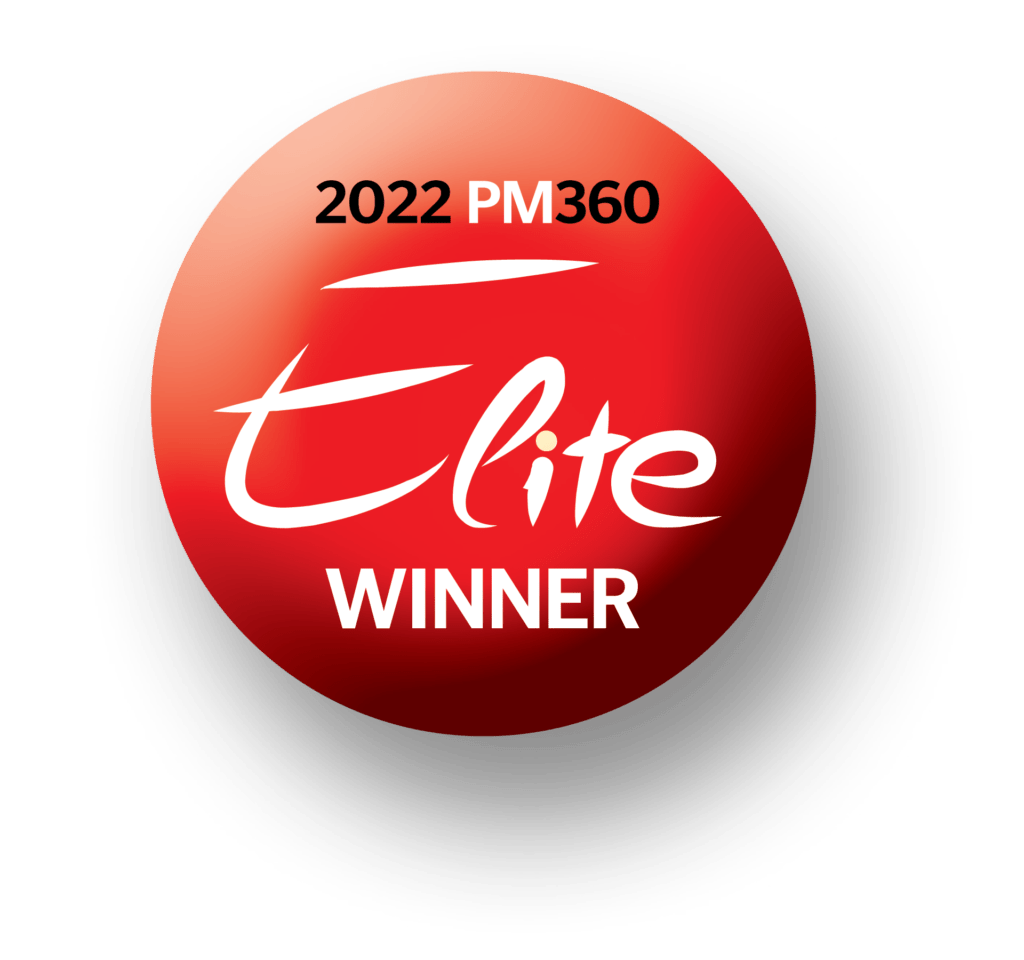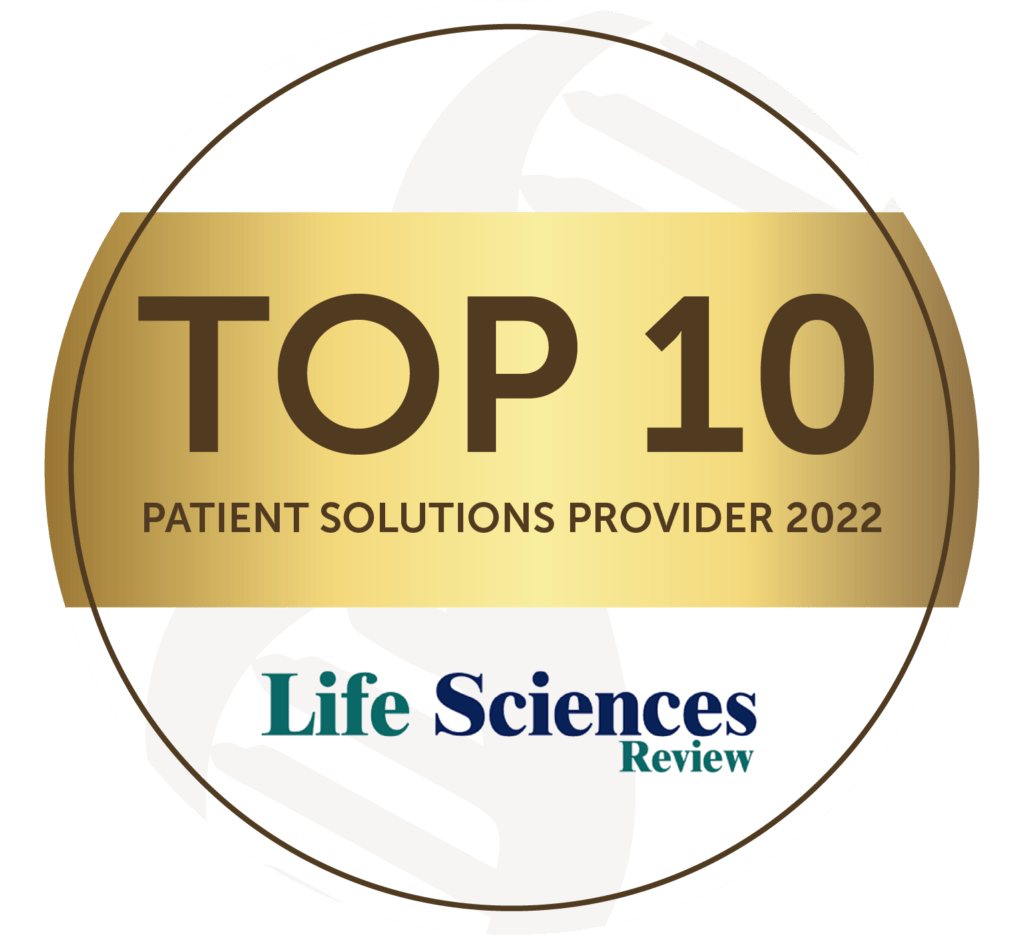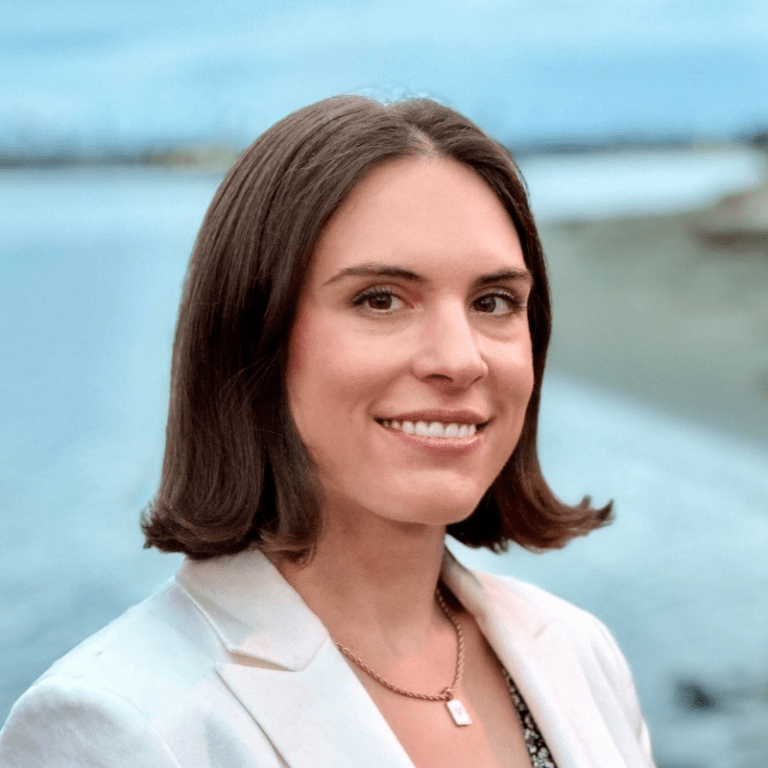You may be surprised to hear that 85% of patients are either unaware or unsure that participation in a clinical trial was an option at the time of diagnosis. Also, a very high percentage of people said they would have been willing to enroll in a clinical trial had they been aware of one. This is why our team decided that the best approach to recruiting patients with Parkinson’s disease (PD) was to make them aware that a clinical trial was a real option. We did so through Google Search Ads, advocacy groups, and doctor’s offices. Additionally, as a team we made ourselves aware of the type of patients we were recruiting and what other treatments they might be considering.
Here are the top 5 things we learned when recruiting patients with Parkinson’s disease:
1. Google Search Ads worked well
We found that Google Search advertising was very effective in recruiting patients with Parkinson’s disease. With nearly one million people in the U.S. living with Parkinson’s disease, we were able to reach this large pool of people with strategically placed ads in the results of search engines like Google Search, mobile apps, videos, and more. The ads relied on our choice of keywords that we believed our target patients would be searching in relation to their condition. The keywords that received the most interaction included; ‘parkinson’s disease,’ ‘parkinsons symptoms,’ ‘symptoms of parkinsons,’ and ‘early signs of parkinson’s.’ ‘Parkinson’s disease’ had the most clicks, with more than 4,500.
2. Patients with Young-onset Parkinson’s (YOPD) were the target market
Patients would only qualify for the Parkinson’s disease study our team recruited for if they had never received treatment for their Parkinson’s before. This is why we narrowed in on patients with Young-onset Parkinson’s Disease (YOPD) since they were the population most likely to have not yet received treatment. According to the Parkinson’s foundation, YOPD affects about four percent of the one million people with PD in the United States. Although this reduced the pool of people to recruit from, we were able to focus on the YOPD population more closely and ultimately enroll the study.
3. Patient advocacy groups: Large vs Small
Partnering with patient advocacy groups gave us the opportunity to reach people with Parkinson’s disease directly to learn more about their experience with treatments. Parkinson’s disease is more common than some other conditions, so there are many large advocacy groups for Parkinson’s disease such as, the Michael J. Fox Foundation or Muhammad Ali Parkinson Center Foundation. Due to the study’s protocol, we were recruiting patients with young-onset Parkinson’s disease so we instead focused on smaller advocacy groups for newly diagnosed patients and groups near the research sites. Some of the advocacy groups we worked with were Sun City West PD Support Group, Young Onset PD/ UCSF, and PD Support Coffee & Chat.
4. Natural vs Medical Treatments
As mentioned, we focused on recruiting patients with Young-onset Parkinson’s disease (YOPD). One of the challenges we faced when recruiting these specific patients was that more people are exploring natural remedies for treatment. According to John Hopskins Medicine, some of these remedies include natural supplements, Tai Chi, Yoga, Massage Therapy, Movement Therapies, Acupuncture, and more. Although these are great ways to ease symptoms and enhance quality of life, they are still not a cure for the disease. We were pleased to find that these patients were still willing to participate in the study in hopes of finding a cure for all people suffering from Parkinson’s disease.
5. Research Sites are Important
The research sites involved in the Parkinson’s disease study we worked on were a very important part of this study; and, many of the patients that participated in the study were patients of these research sites already. The Parkinson’s Association of the Rockies states that most people with Parkinson’s are advised to see their doctor every three to six months. Therefore, we provided study materials to be given to the patients so that they could sign up for the study after reviewing the information with their doctor. The doctors and their medical staff were imperative in communicating information about the study to their patients.
By becoming more aware of the challenges patients with Parkinson’s disease face, and making them aware that clinical trials were available to them, we were able to fill the study and ultimately learn that these patients are hopeful of a cure and are willing to participate in clinical trials to improve the research for all those affected by Parkinson’s disease.
Learn more about how Clinically Media can run customized, patient-centric recruitment campaigns for your trial.




















